Menu
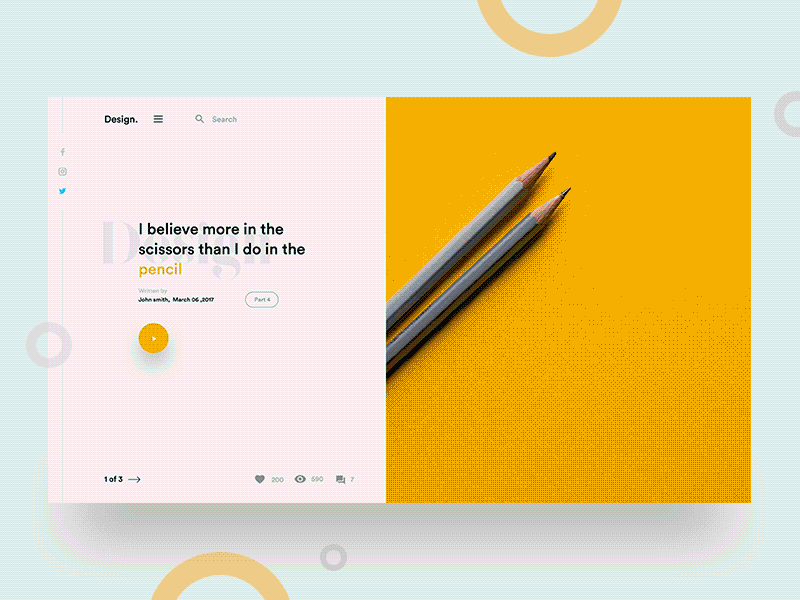
In the ever-evolving landscape of web design, minimalism has emerged as a timeless and influential style, transcending trends to become a design philosophy embraced by many. This article delves into the essence of minimal website design, exploring its core features and the impact it has on user experience. From clean layouts to strategic use of white space, discover how minimalism not only simplifies aesthetics but also enhances functionality. Join us on a journey through the principles that make minimalism a powerful tool for creating sophisticated, user-centric websites.
In the realm of web design, the phrase “less is more” has taken on a profound meaning with the rise of minimalism. This design philosophy, characterized by simplicity, clarity, and functionality, has become a cornerstone of modern digital aesthetics. Let’s unravel the art of minimal website design and understand the features that make it a timeless choice for designers and users alike.
At the heart of minimalism lies the commitment to simplicity. Minimalist websites are known for their clean and purposeful layouts, where every element serves a specific function. Stripped of unnecessary embellishments, these designs focus on delivering content with clarity and efficiency. The absence of clutter ensures that visitors can navigate the site seamlessly, fostering a positive user experience.
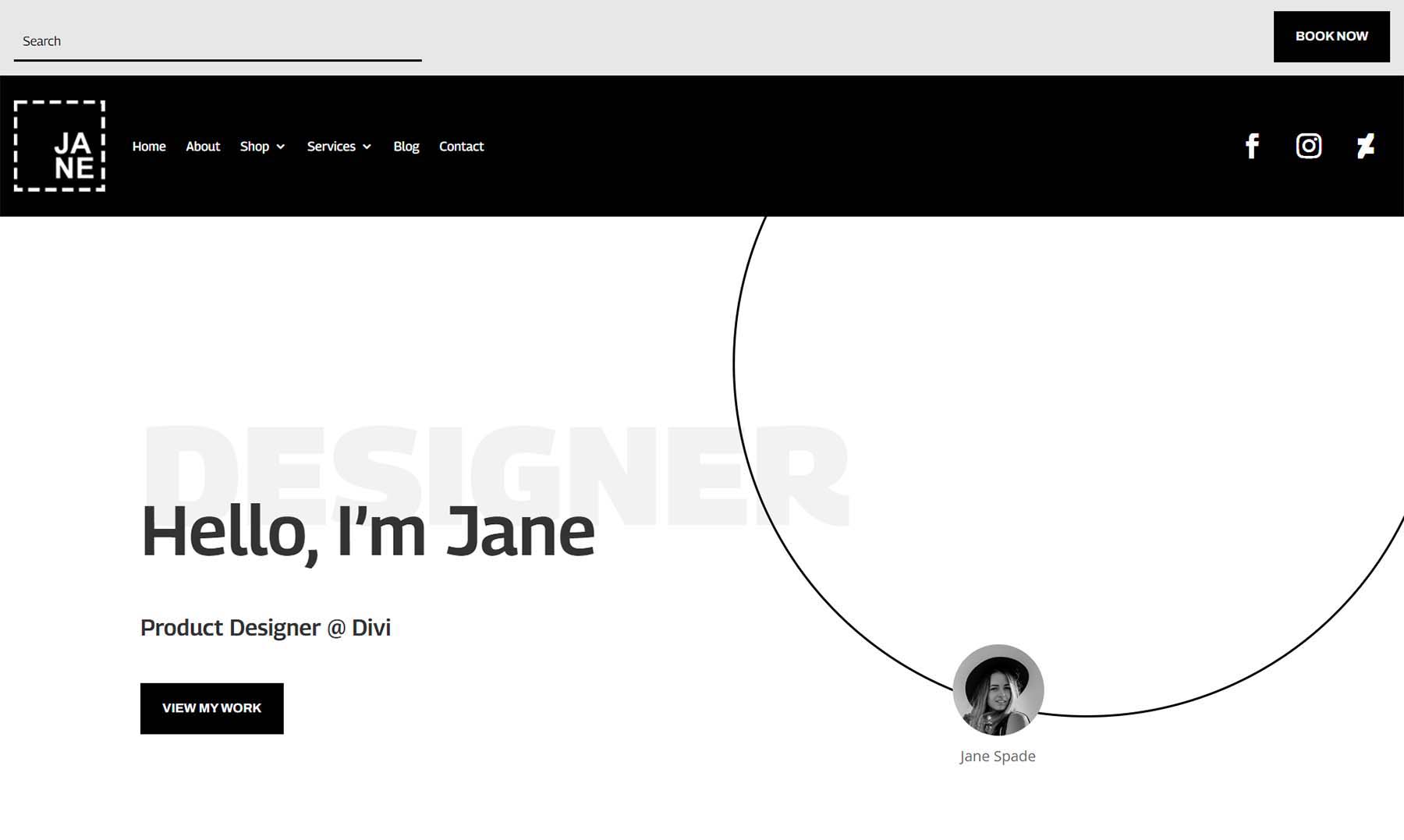
White space, or negative space, is a crucial element in minimal design. Rather than being seen as empty gaps, white spaces are intentional and strategic, providing visual breathing room and emphasizing key elements. This deliberate use of space not only enhances readability but also directs the user’s attention to the most important content, creating a harmonious and balanced design.
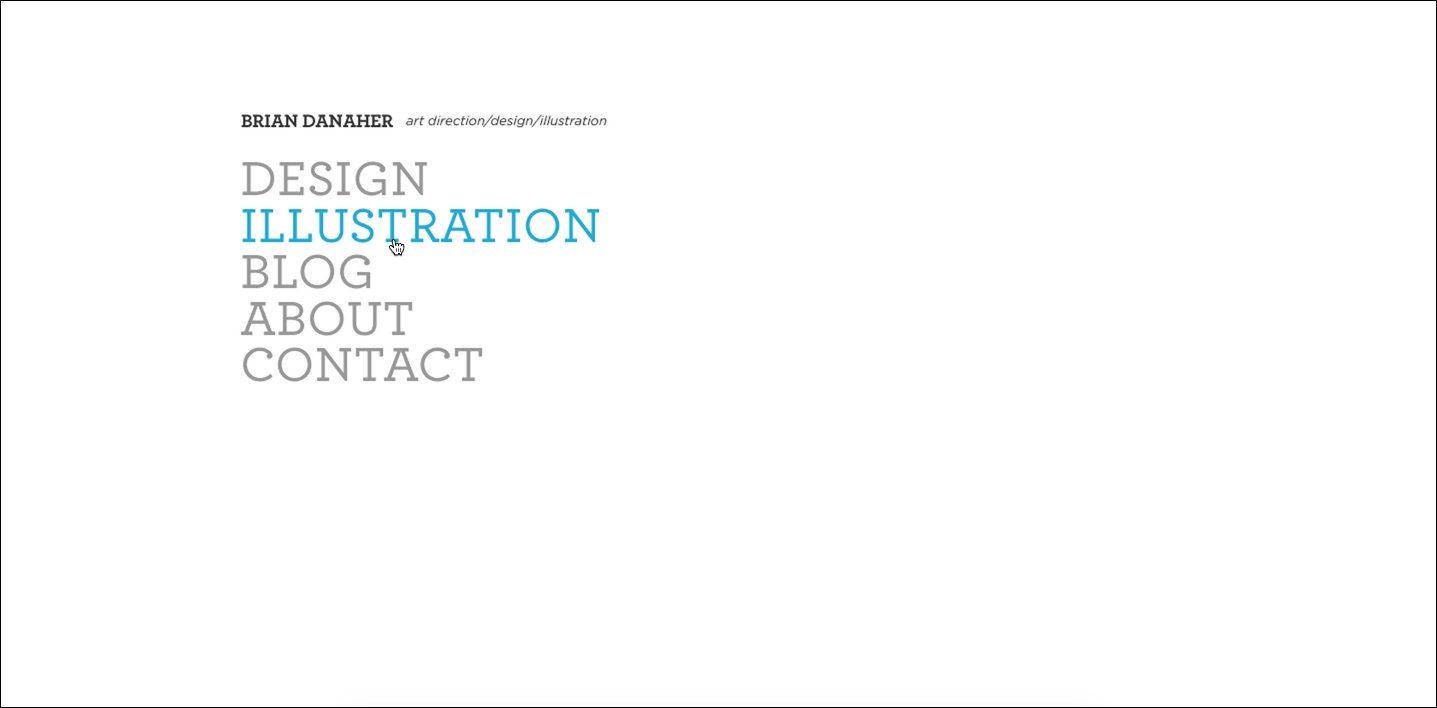
Minimalist websites often feature a limited color palette, with designers opting for a few carefully chosen hues. This restrained use of color contributes to the overall simplicity of the design, creating a cohesive and elegant visual identity. The selected colors are purposeful, guiding users through the site and reinforcing brand identity without overwhelming the senses.
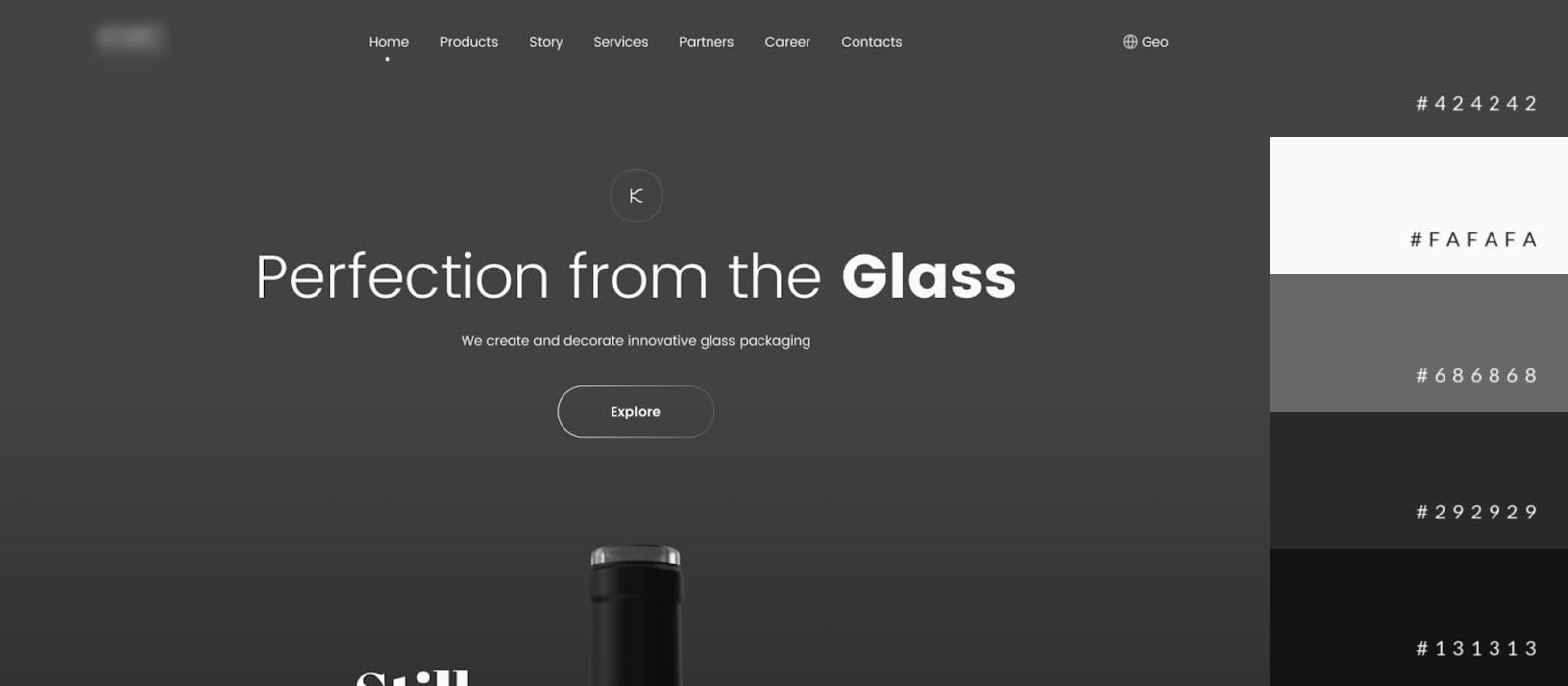
Typography takes center stage in minimal design, with a focus on clear and legible fonts. Large, bold typography is frequently used to convey messages effectively. By relying on well-chosen typefaces, minimal websites communicate a sense of sophistication and professionalism. Typography becomes a key visual element, contributing to the overall aesthetics of the site.
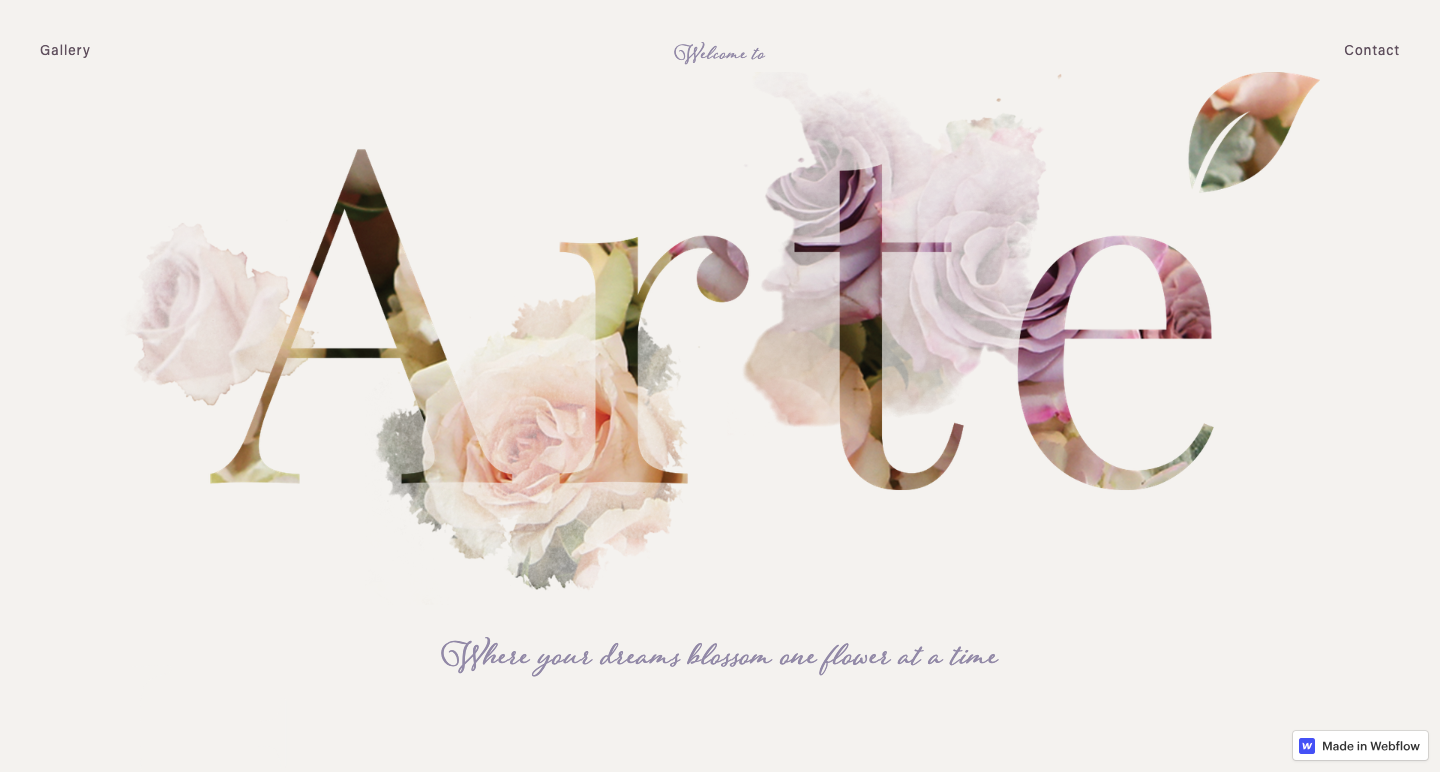
In the world of minimalism, functionality reigns supreme. Every design choice is made with the user in mind, prioritizing usability over unnecessary ornamentation. Streamlined navigation, intuitive interfaces, and a seamless user journey are paramount. By removing superfluous elements, designers create websites that are not only visually appealing but also highly functional.
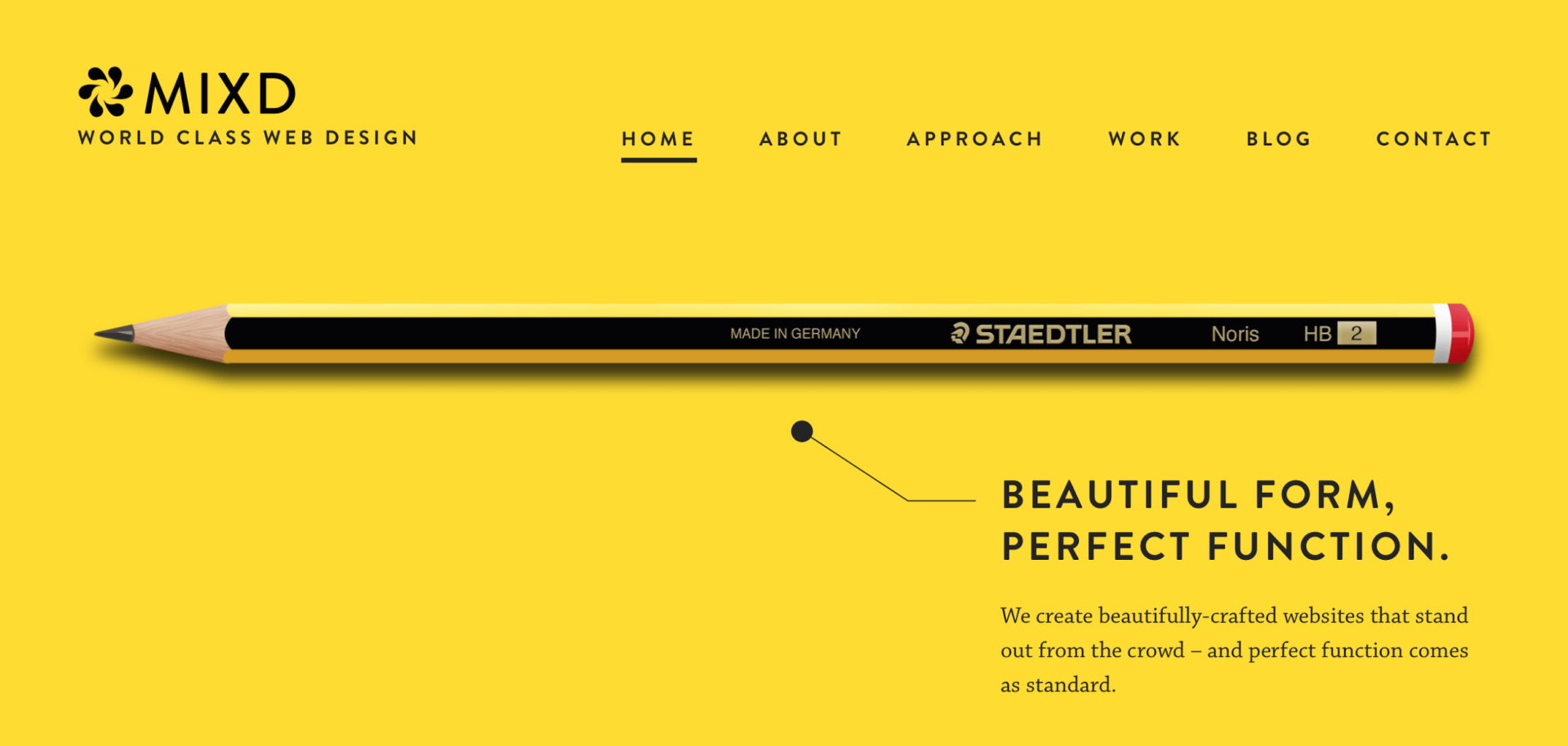
Minimalist design seamlessly translates to mobile devices, contributing to a positive user experience across various screen sizes. The simplicity of the design makes it inherently responsive, ensuring that the website retains its elegance and functionality on smartphones and tablets.
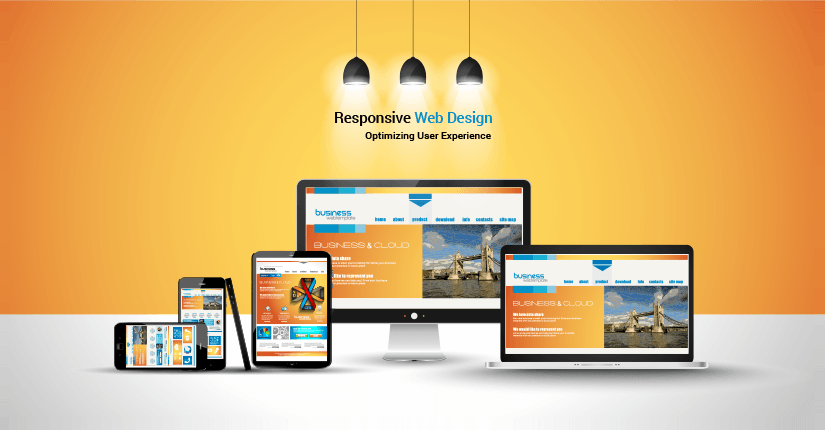
Conclusion
Minimal website design is more than a trend; it’s a design philosophy that stands the test of time. By embracing simplicity and focusing on essential elements, designers create websites that are not only visually stunning but also user-friendly. As the digital landscape continues to evolve, minimalism remains a beacon of elegance and efficiency, guiding the way to a more refined and user-centric online experience.